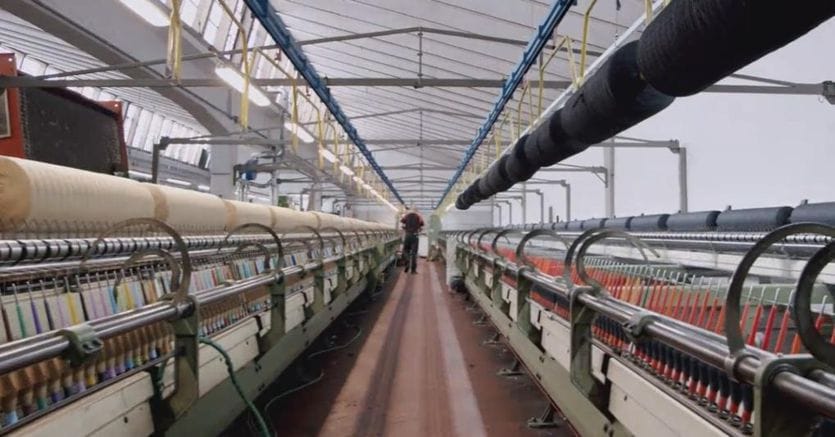If there is a place in Italy where the recycling of textile fibers is a consolidated business, to the point that there is a historical chain of processes and ad hoc figures, that is Prato. The novelty is that in the Prato textile district, which has specialized in wool recycling since the mid-nineteenth century, a new, prestigious and attractive declination is now emerging: the regeneration (or recycling) of cashmere.
The local Confindustria estimates a production of 1,000 tons per year of recycled cashmere which, for a quality fiber, is considered a significant quantity. And the prospect – now that the fashion sector is looking with growing interest at eco-sustainable productions and that the quality of the regenerated product has little to envy to virgin fiber – is the development of this segment, driven by market demand. Among the companies that produce regenerated cashmere yarns (usually present at 70-95%, never pure due to the impossibility of guaranteeing the origin), mainly destined for knitwear, there are leading names in the Prato district such as Filpucci e Natural Yarns (Pecci group), which sell them to international brands, from Stella McCartney to Patagonia, from Zegna to Pangaia, and more.
Loading…
From Natural Yarns 40 tons of “eco” cashmere per year
Respect for the environment is ensured by saving virgin fiber but also water, energy and dyes, and certified by international bodies such as Grs (Global recycle standard). «With the Filati Naturali company we produce about 40 thousand kg of ecocashmere per year – explains Pierluigi Marrani, managing director of the Pecci group – which comes from used knits or spinning by-products, adequately treated by the specialists in the supply chain. It is also thanks to recycled cashmere, which accounts for 50-60% of the total, that last year Filati Naturali increased its turnover by 7%, reaching 7 million ».
H&M also buys Filpucci’s regenerated yarns
Regenerated cashmere also has a price, usually 30-50% lower than that made with virgin fiber. «We were the first in Prato to make recycled cashmere 12 years ago – explains Federico Gualtieri, owner of Filpucci Filati – and we were the first to enhance it. Today we produce 90,000 kg per year and we are rewarded by decisions such as that of the H&M group which, for its Arket brand, this year used only regenerated cashmere yarns, purchasing 24,000 kg ».
Filpucci is also a partner in the Reverso pre-consumer supply chain, which reuses processing scraps, panels and weaving tests, never worn or washed, to make a high quality recycled product. Today more than 15% of the yarns produced by the Prato company are regenerated. “We are fighting at a European level – concludes Gualtieri – to make it clear that regenerating a textile garment does not add pollution, rather it prevents that garment from being disposed of in the incinerator”. To enhance Prato’s recycled yarns, the first fashion brands are being born, such as the young “Rifò” which focuses on the zero-km circular economy.
